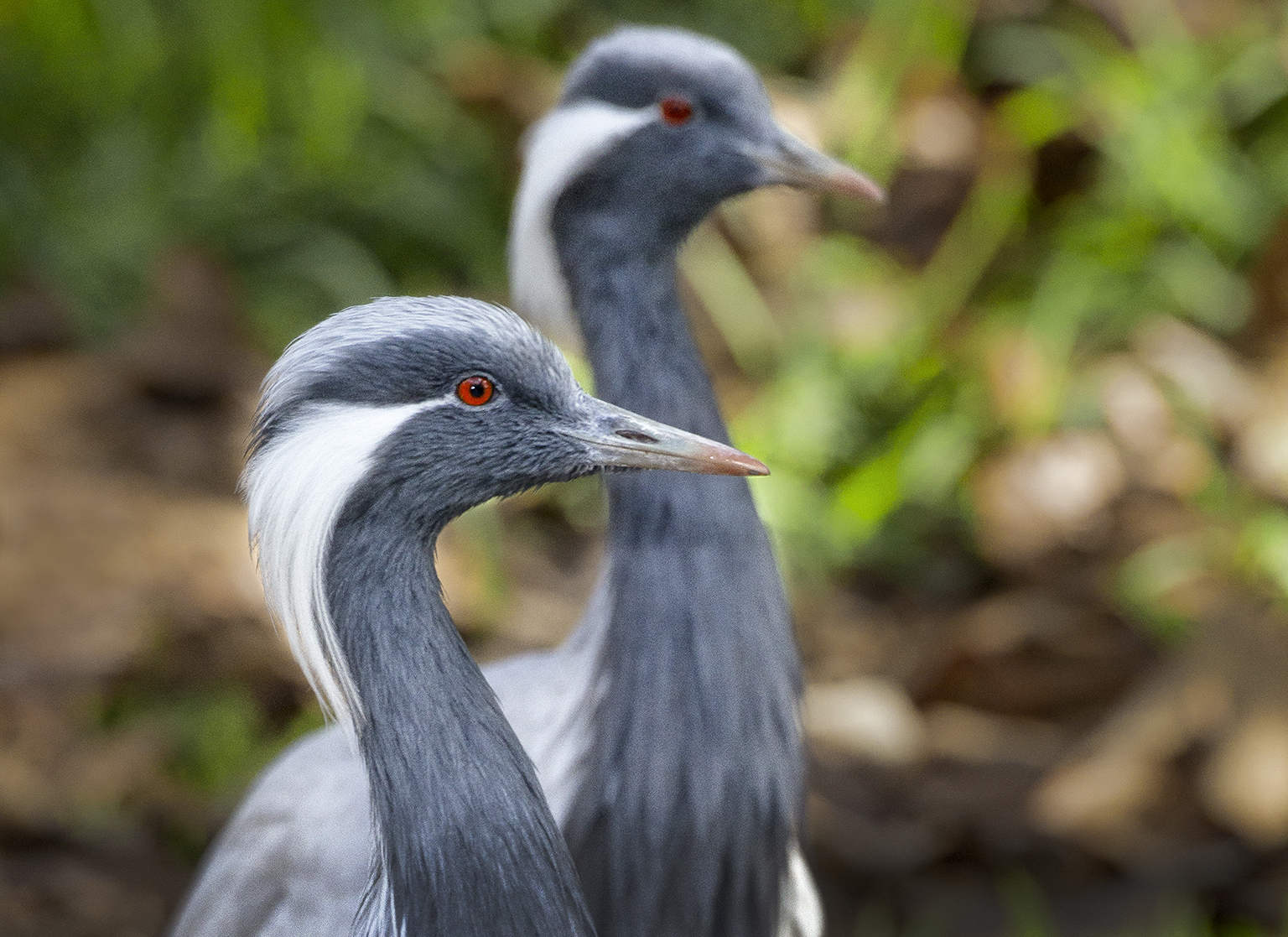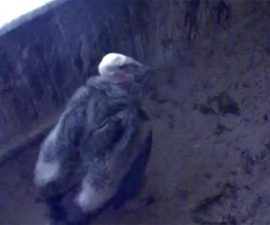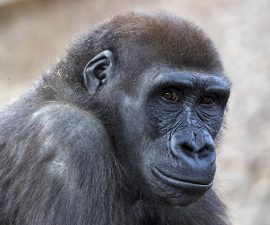BY Donna Parham
Photography by Ken Bohn
Prominently displayed signs mark the area as a “Quiet Zone,” but the boisterous calls of exotic species sporadically pierce the peaceful surroundings. A blue-bellied roller Coracias cyanogaster breaks into what sounds like raucous laughter. The adamant call of a long-toed lapwing Vanellus crassirostris prompts Andrew Stehly, an animal care supervisor at the San Diego Zoo Safari Park, to interpret: “He’s telling us to ‘keep moving.’” It’s a good sign; the pair inside gets protective when incubating eggs. They have successfully raised three chicks this year, and keepers are hoping for another clutch.
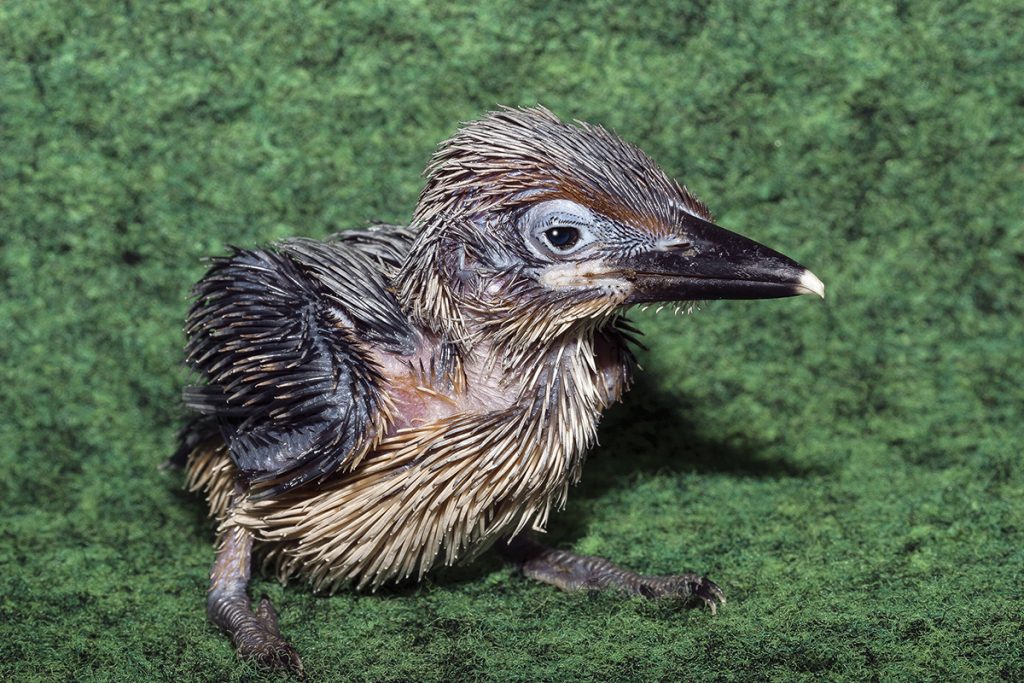
BEAUTIFUL TO BEHOLD
A Guam kingfisher chick is a success in the fight to end extinction.
The Safari Park’s Bird Breeding Center (BBC) spreads across nearly four remote acres of Safari Park property. Michael Mace, curator of birds at the Safari Park, explains the goals of the BBC: “This is a place where our dedicated keeper staff conducts behavioral research, assists other zoos around the world with bird information, and raises birds for release into the wild.” Currently, the BBC team breeds 77 species, including 16 endangered species, with 3 of those critically endangered. One, the Guam kingfisher Todiramphus cinnamominus, is extinct in the wild.
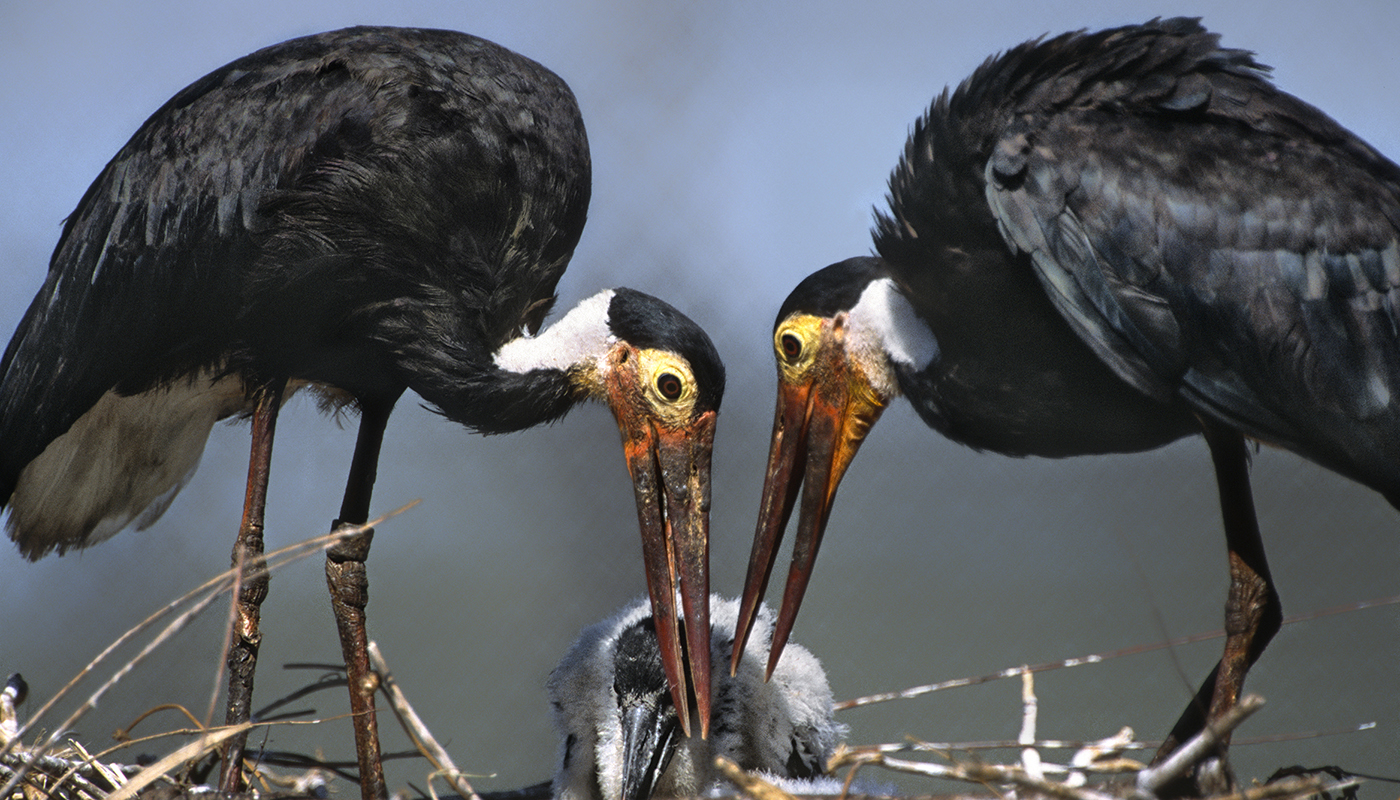
Sensitive Species
“We work with some rare and sensitive species,” says Michael, including birds that haven’t reproduced well in managed care, such as the Storm’s stork Ciconia stormi. This second-rarest stork in the world isn’t well understood, and the BBC is the only place it has successfully reproduced outside of Asia. The BBC’s adaptable breeding enclosures help create successes like these—keepers can reconfigure enclosures to be as large or small as the birds need.
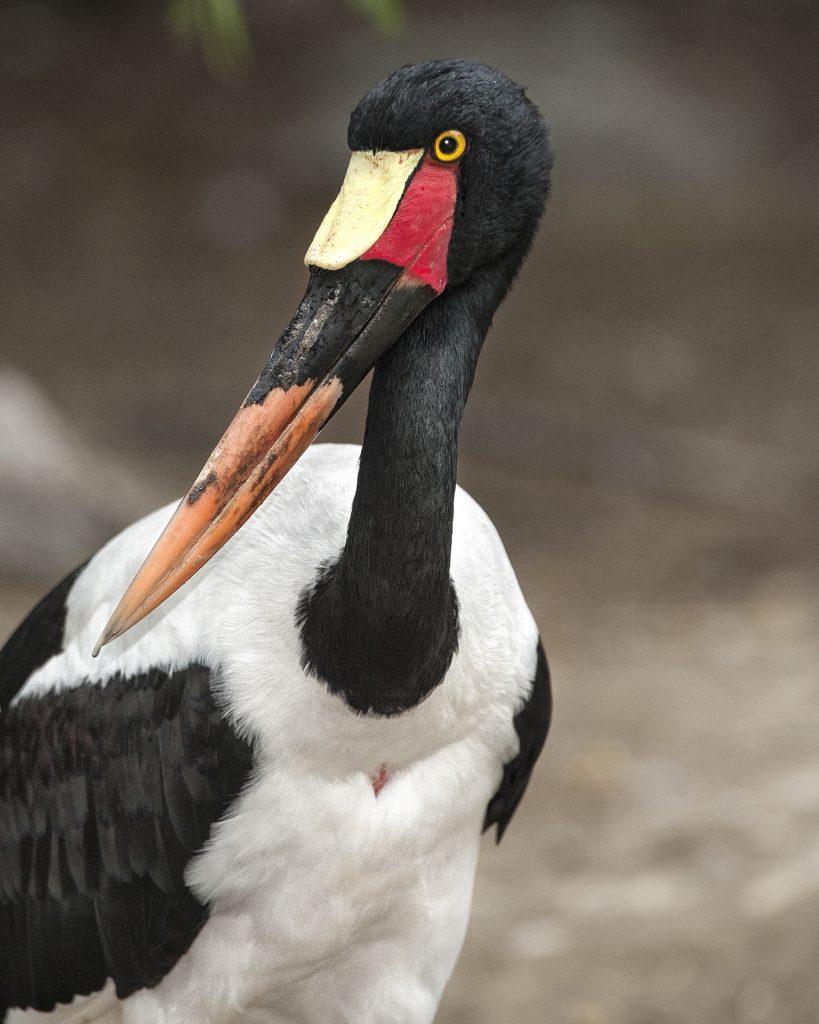
EXPERIENCED PARENT
The BBC is home to the most prolific pair of saddle-billed storks in the US.
“This gives us the flexibility to work with a wide variety of species, from tiny finches to saddlebill storks that are five feet tall,” says Michael. Enclosures are furnished with water features, live plants, secluded areas for nesting, and a variety of nesting materials—whatever it takes for the birds to feel comfortable.
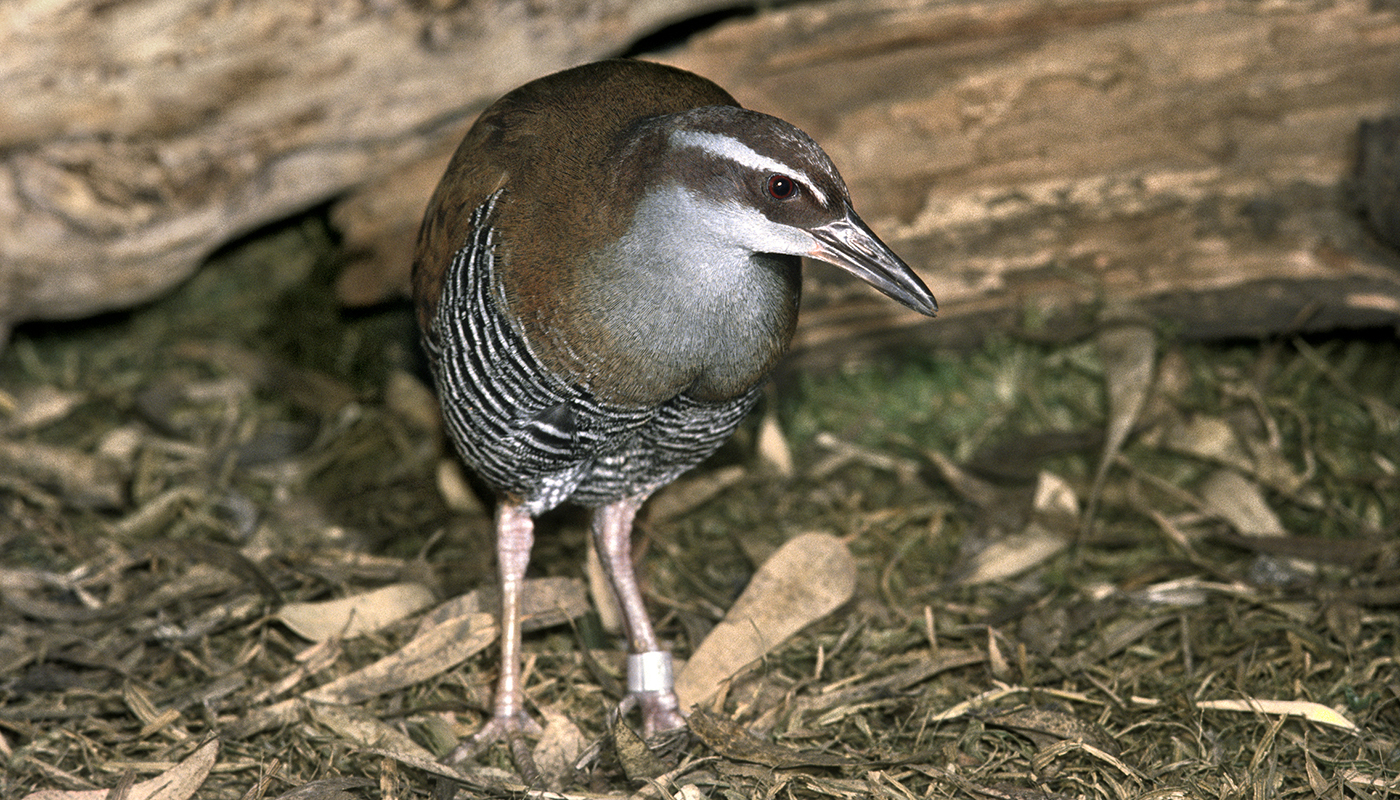
Finding solutions
 Endangered species that breed at the BBC
Endangered species that breed at the BBC
Creativity plays a role in the success, too. It can be a challenge to figure out just what a species needs, but it’s one that Andrew is always up for. “The more rare and challenging the bird, the more I like it. Anytime we can breed something for the first time, that is something big for us.” It’s often a big deal for other organizations, too. Accredited zoos around the world send birds—especially species that haven’t been successful reproducing elsewhere—to breed at the BBC.
In fact, 47 of the species breeding at the BBC represent cooperative efforts managed by both North American and European zoos. “Many of the birds raised here will go to other zoos around the world,” says Andrew. “The protocols we’ve developed for raising these species go with them to other institutions.”
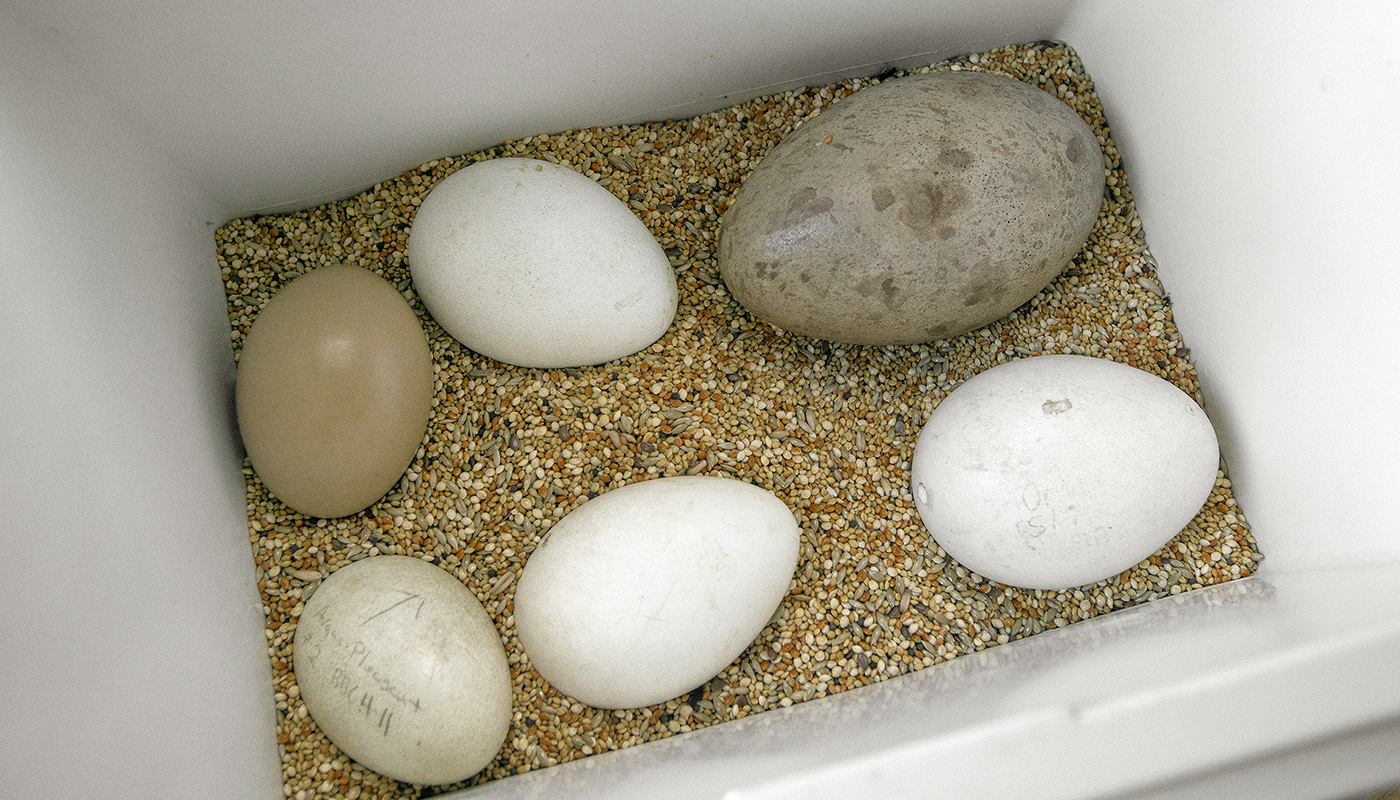
Precious Eggs
 Bird parents and chicks currently living at the BBC
Bird parents and chicks currently living at the BBC
“Sometimes we get really genetically valuable individuals—birds that have never bred,” says Andrew. As much as possible, the keepers manage breeding according to the best genetic matches. But, like people, some birds are pickier than others. The Guam kingfisher has proven to be a challenge. “They’re territorial, so we have to be protective when we put them together,” explains Andrew. So how do you play matchmaker to birds? First, keepers place the birds in side-by-side enclosures and observe them. “We look for positive interactions between them before we put them together,” says Michael. “If a pair isn’t compatible, we rematch them.”
Once a pair has bred, and the female lays eggs, keepers hope the parents will incubate them and care for the chicks. Unfortunately, inexperienced parents sometimes aren’t quite sure what to do with an egg or a cheeping chick. Andrew says, “Sometimes we have to intervene, but we try to return the chicks to their parents.” Another option is cross-fostering: placing a precious egg in the nest of experienced parents—even a different species—that will incubate it and care for the chick.
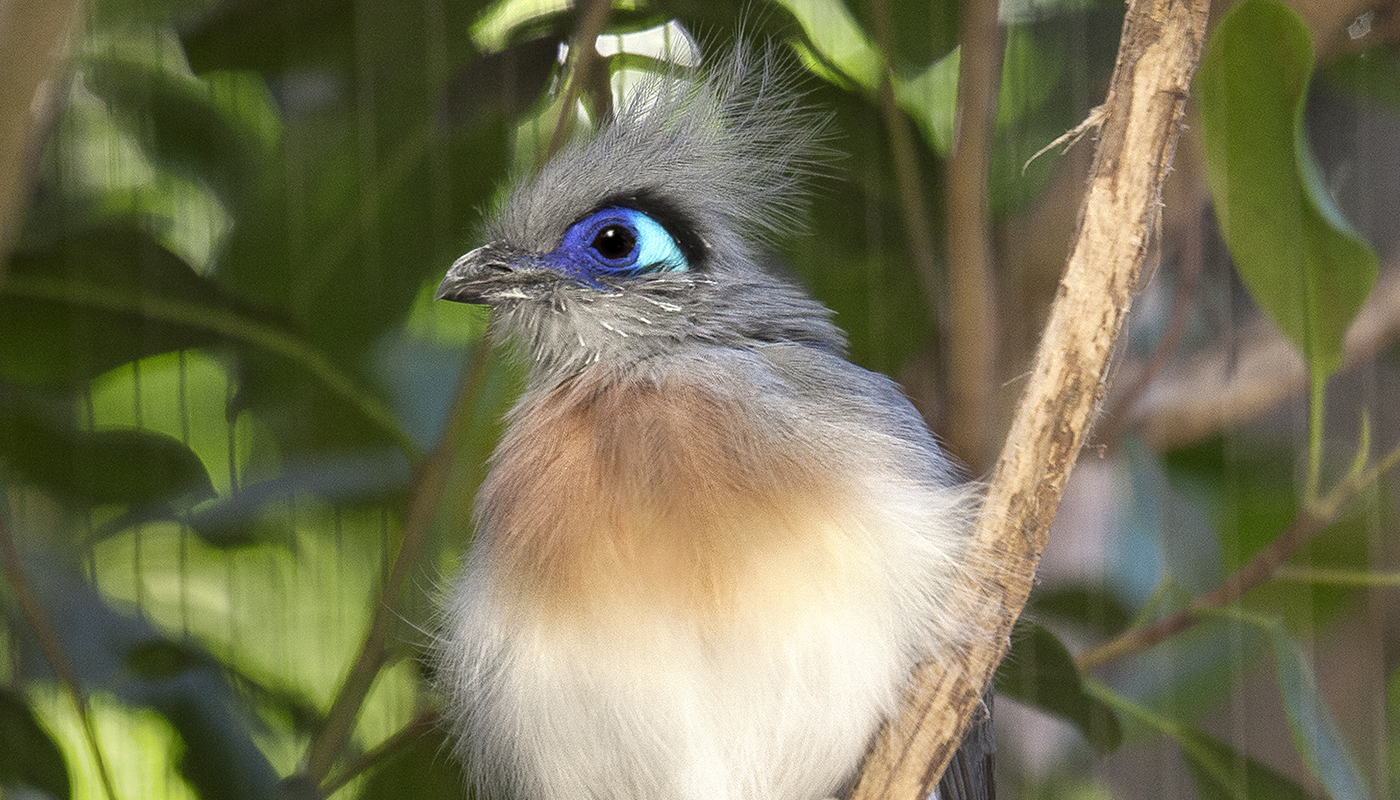
Leaving the nest
The next hurdle is the fledging period, as a chick becomes independent. Some human parents welcome their grown children living at home, but the parenting style of species like the crested coua Coua cristata could be described as “tough love.” Although attentive when their chicks are young, once they decide they’ve done their part, says Andrew, “Coua parents encourage their fledglings to leave the nest, so they can lay another clutch of eggs.” That’s a nice way of saying that the parents forcefully chase their chicks out.
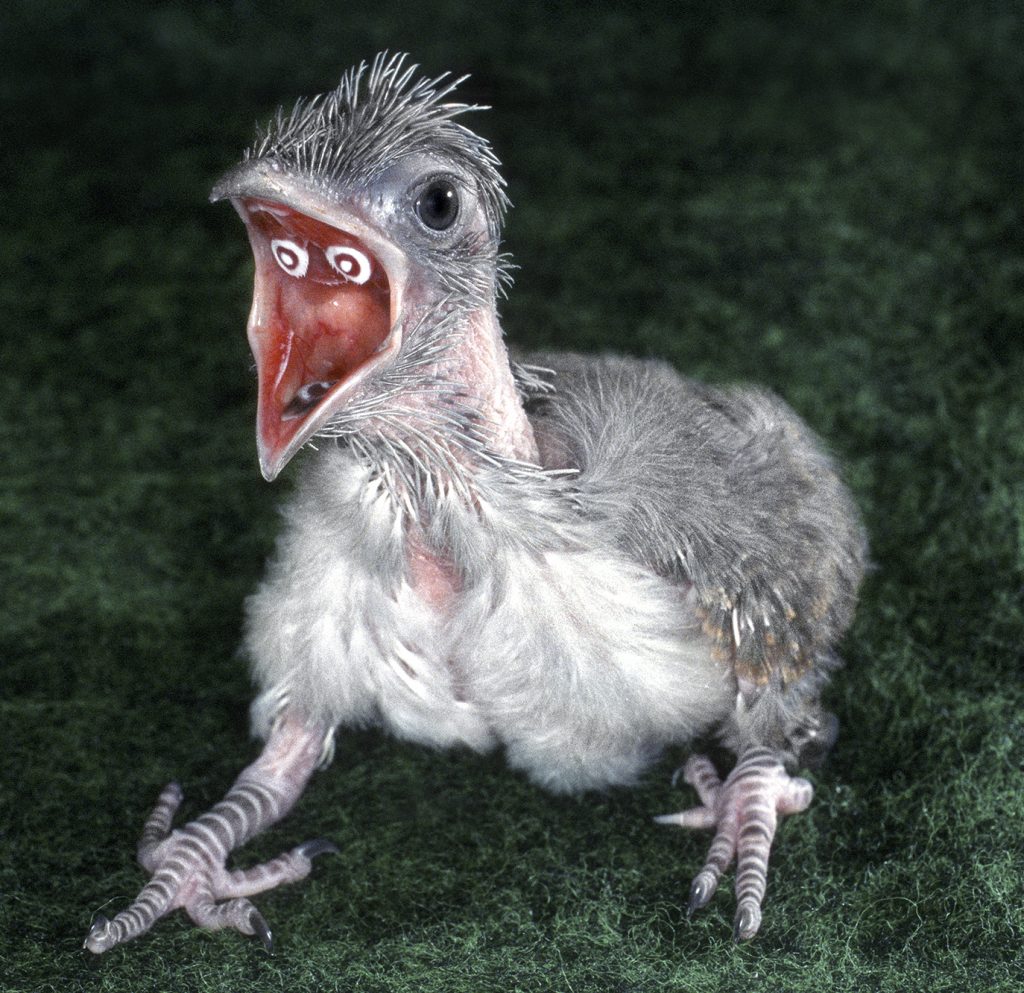
FEED ME!
The BBC hatched the first crested coua in North America. “Bull’s-eye” spots in a coua chick’s mouth show parent birds just where the food goes.
Coua chicks fledge after just 10 to 12 days, so according to Andrew, “The challenge is that it happens so suddenly.” Keepers found a solution by relocating chicks to a “howdy enclosure” attached to but separate from the parent’s enclosure. Here, the parents can continue to feed and care for their chicks until they reach that potentially risky farewell stage—and then just stop. Using this approach, keepers were able to produce the first crested coua raised in North America, and provide crested couas to other AZA-accredited zoos.
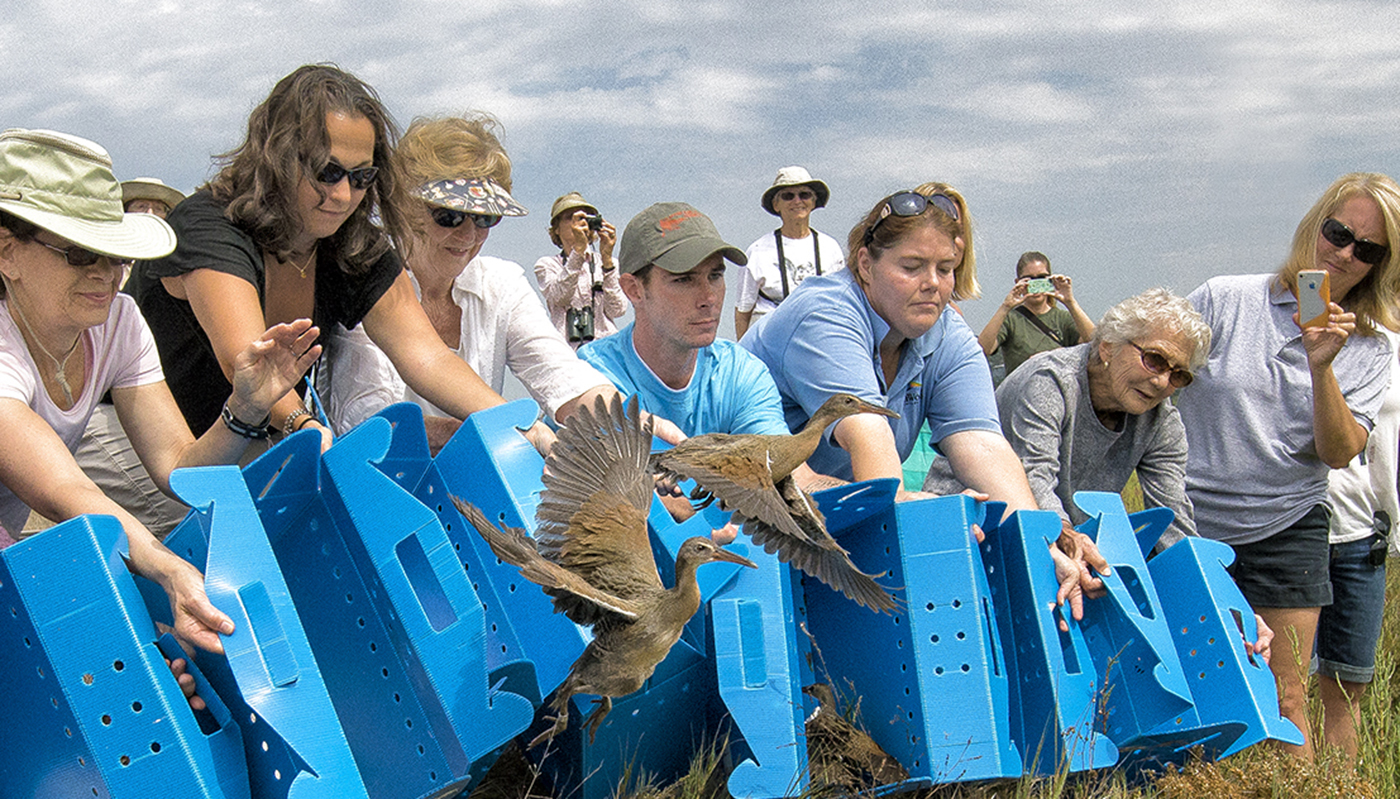
Challenges Bring Rewards
 Enclosures dedicated to bird breeding at the BBC
Enclosures dedicated to bird breeding at the BBC
Where habitat is secure, BBC-bred birds like Guam rails and light-footed Ridgway’s rails (formerly clapper rails) Rallus obsoletus levipes have been released into the wild. Lead keeper Kristina Heston has participated in releases of the light-footed Ridgway’s rails. “Some of the chicks we’ve raised here have even reproduced in the wild,” she says. In fact, the population of the local wetland species has tripled, in large part due to the efforts of the BBC team.
Kristina admits to a special fondness for this species. Endangered and particularly shy by nature, they are difficult to observe, but Kristina keeps close tabs on her charges. Discreet monitoring cameras allow her to observe the natural behavior of the bashful birds without disturbing them. “We see more natural behavior on the video monitors than when the birds see us watching them,” she says. “We get to watch them grow up and then release them locally in marshes—which is very cool,” she says.
“One of the most significant benefits of having this off-exhibit collection is that the experience we’ve gained has translated directly into success with endangered species,” says Michael. As one of the most comprehensive off-exhibit bird breeding facilities in North America—and one of the largest in the world—the BBC contributes greatly to San Diego Zoo Global’s vision to lead the fight against extinction.

